Sustainability Initiatives in Cryogenic Tank Market
Sustainability initiatives are becoming a pivotal driver in the Cryogenic Tank Market, as companies seek to reduce their carbon footprints and enhance environmental responsibility. The shift towards cleaner energy sources, such as hydrogen and liquefied natural gas, necessitates the use of cryogenic tanks for efficient storage and transportation. This trend aligns with global efforts to transition to sustainable energy systems, thereby increasing the demand for cryogenic solutions. Furthermore, regulatory frameworks are increasingly favoring environmentally friendly technologies, which could further propel the market. Recent statistics indicate that the adoption of sustainable practices in the cryogenic sector could lead to a market expansion of around 7% annually, reflecting a growing commitment to sustainability within the Cryogenic Tank Market.
Technological Advancements in Cryogenic Tank Market
The Cryogenic Tank Market is experiencing a surge in technological advancements that enhance the efficiency and safety of cryogenic storage solutions. Innovations in materials science, such as the development of advanced insulation materials, are improving thermal performance and reducing energy losses. Furthermore, automation and smart monitoring systems are being integrated into cryogenic tanks, allowing for real-time data collection and analysis. This not only optimizes operational efficiency but also minimizes risks associated with cryogenic storage. According to recent data, the market for cryogenic tanks is projected to grow at a compound annual growth rate of approximately 6.5% over the next five years, driven by these technological improvements. As industries increasingly adopt these advanced solutions, the overall landscape of the Cryogenic Tank Market is likely to evolve significantly.
Growing Industrial Applications in Cryogenic Tank Market
The Cryogenic Tank Market is experiencing growth due to the expanding range of industrial applications for cryogenic storage solutions. Industries such as aerospace, healthcare, and food processing are increasingly utilizing cryogenic tanks for various purposes, including the storage of liquefied gases and the preservation of biological materials. The aerospace sector, in particular, is leveraging cryogenic technology for rocket propulsion systems, which require efficient storage of liquid oxygen and hydrogen. This diversification of applications is likely to drive market growth, as more sectors recognize the benefits of cryogenic storage. Recent analyses indicate that the industrial applications segment could account for a significant share of the Cryogenic Tank Market, potentially reaching a valuation of several billion dollars in the coming years.
Rising Demand in Renewable Energy Sector within Cryogenic Tank Market
The renewable energy sector is witnessing a notable increase in demand for cryogenic tanks, which serve as essential components in the storage and transportation of liquefied gases. As the world shifts towards renewable energy sources, the need for efficient energy storage solutions becomes paramount. Cryogenic tanks are particularly vital for storing liquefied hydrogen, a key player in the transition to a hydrogen economy. The Cryogenic Tank Market is likely to benefit from this trend, as investments in renewable energy infrastructure continue to rise. Projections suggest that the market for cryogenic tanks in the renewable energy sector could grow by approximately 8% over the next few years, driven by the increasing adoption of hydrogen fuel technologies and other renewable energy applications.
Increasing Investment in Cryogenic Infrastructure within Cryogenic Tank Market
Investment in cryogenic infrastructure is a crucial driver for the Cryogenic Tank Market, as stakeholders recognize the importance of robust storage solutions for liquefied gases. Governments and private entities are channeling funds into the development of cryogenic facilities to support various sectors, including energy, healthcare, and manufacturing. This influx of capital is expected to enhance the capacity and efficiency of cryogenic storage systems, thereby meeting the growing demand for liquefied gases. Furthermore, the establishment of new cryogenic plants and the expansion of existing facilities are likely to create additional opportunities within the market. Current estimates suggest that investments in cryogenic infrastructure could lead to a market growth rate of around 5% annually, reflecting the increasing recognition of the value of cryogenic technologies in the Cryogenic Tank Market.


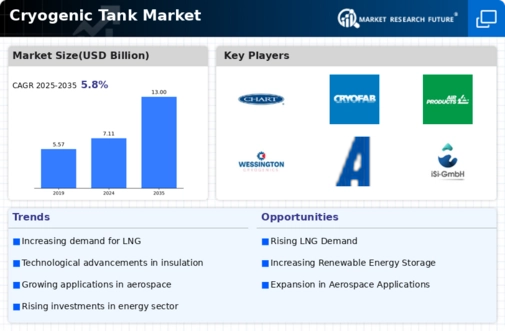
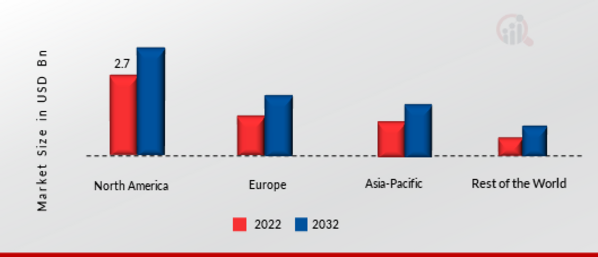
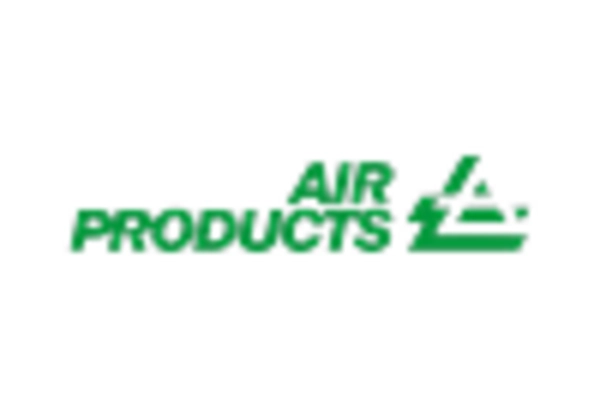
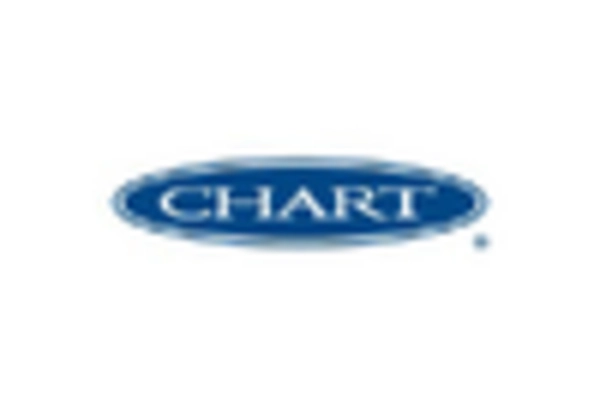
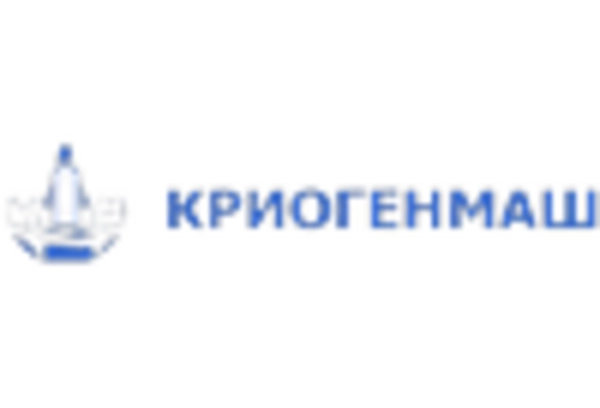
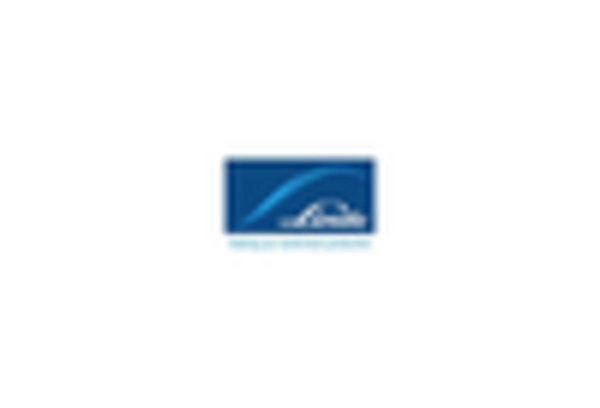
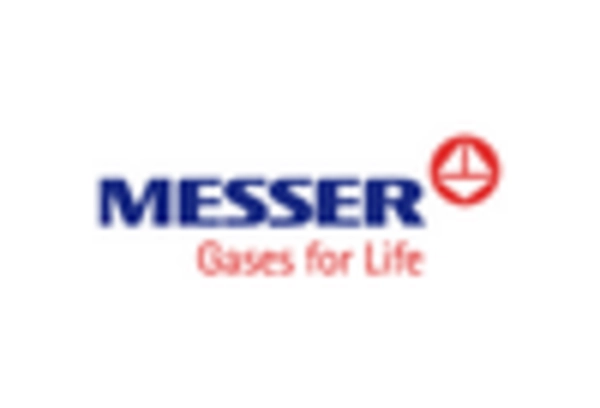
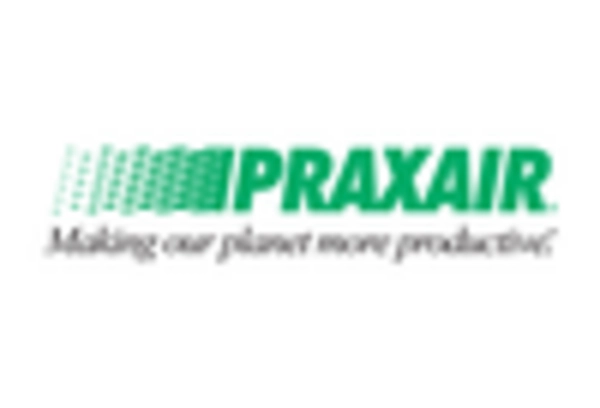








Leave a Comment